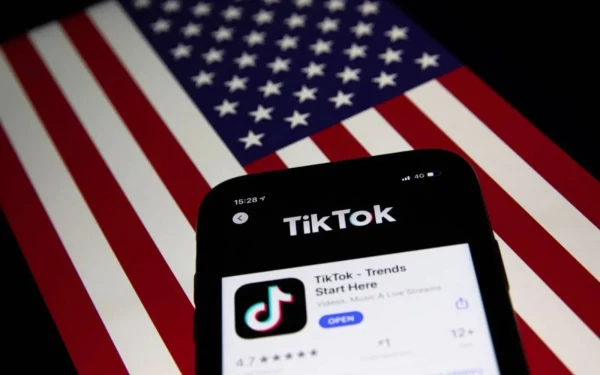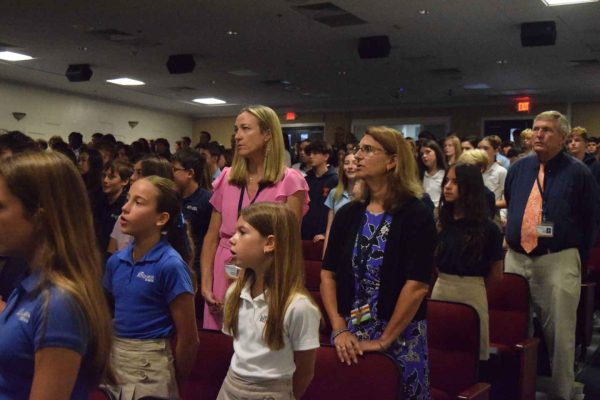Some Families Still Playing it Safe for Spring Break
Whenever the time for spring break rolls around in March, trip ideas and vacation plans become the subject of discussion. However, this year COVID has put a halt to much of that, or has it? March 2020 was when lockdowns and quarantine in the US really began, with the school switching to online classes after spring break. Now, almost a year later, there have been significant advancements in the fight against the virus.
According to npr.org, over 80 million doses of the Pfizer and/or the Moderna COVID vaccines have been distributed in the US, with some states having over one fifth of their population vaccinated and many others nearing that mark. In addition, both the AstraZeneca and Johnson and Johnson vaccines are about finished with their trials and are to be administered soon. With many people having received vaccines or otherwise obtaining COVID antibodies, traveling seems to be in the clear. However, others worry that with cases still rising, vaccines not being available to kids, and the possibility of carrying the virus even after being vaccinated, that traveling is still a very risky idea.
Most seem to agree that it is better to be safe than sorry.
“I believe that it is not safe to travel with the current state of COVID unless certain precautions are made,” said eighth grader Christopher Tighe. “ I believe it is better just to keep everyone home due to the chances of not only us contracting COVID, but passing it on to our friends and family.”
“I think that you shouldn’t travel often, but if you do you should wear a mask and be hygienic,” said seventh grader Olivia Karo.
“Though one may be safe with certain practices and precautions for traveling on airlines, one may not be physically distant from other individuals, and thus passengers may be vulnerable to contracting the virus,” said eighth grader Samantha Hill.
But travel, if done properly, still does seem like an option.
“I believe families would be safer if traveling along the road in a car, due to how individuals may not be obligated to bear a mask for hours,” said Hill. “One may be able to travel with the practice of precautions and distancing for certain emergency circumstances. I may be traveling through the roadways in a car during spring break, [and] my grandparents have received their first dose of the vaccine.”
“Every person should wear a mask and stay six feet apart. These certain precautions have to be made to make it safe to travel,” said Tighe. “We might travel to The Keys to a house our friend owns, because we have gone there before and it was very enjoyable. To get to the Keys, we will drive. My parents have not gotten the vaccinations, but are very cautious.”
Although traveling as of right now takes much preparation and careful planning to prevent the spread of COVID, it is likely that it is going to quickly become easy again soon.
“It may be safe to travel once most individuals receive vaccinations or if most individuals endure through the virus to travel once more,” said Hill.
“[Travel could be safe] this summer or when COVID[-19] calms down,” said Karo.
“I think I’ll be able to travel when most vaccines go to not only our parents, but us,” said Tighe. “Everyone will be able to fight off the virus.”
While it may at first seem upsetting that something as common as travel takes so much work to accomplish during the pandemic, it should be taken as a sign that things are returning to normal and the end of COVID-19 may be near.




